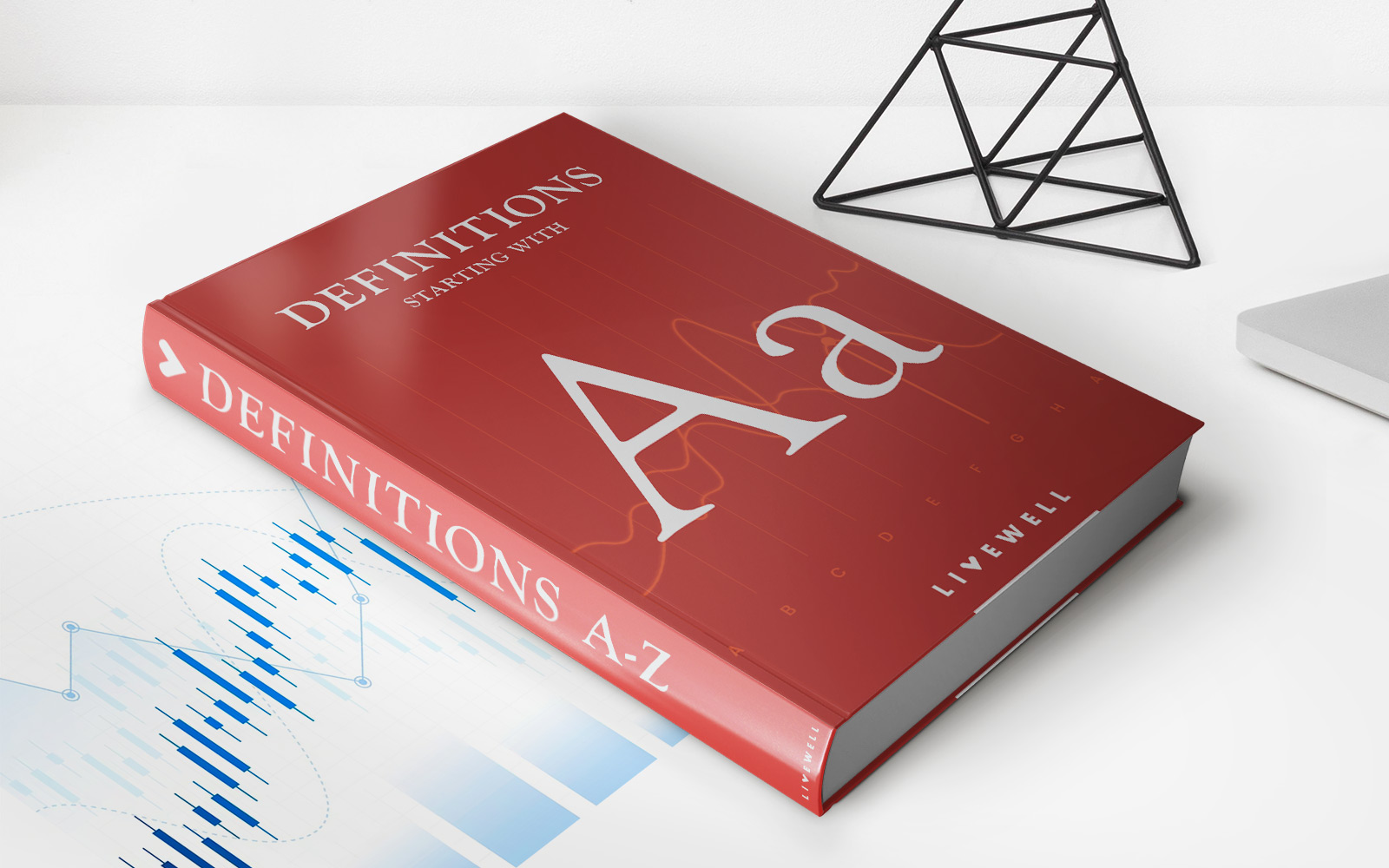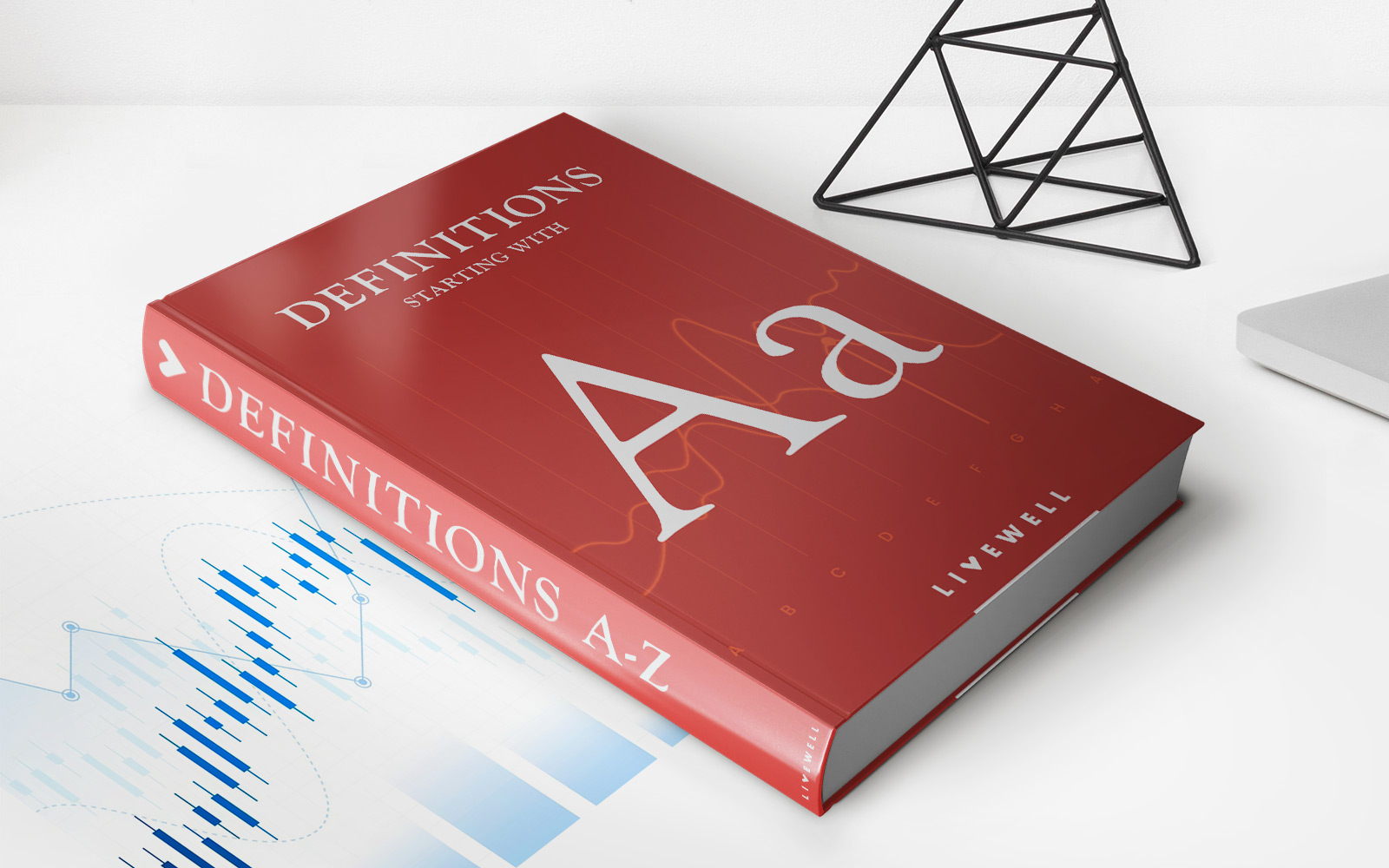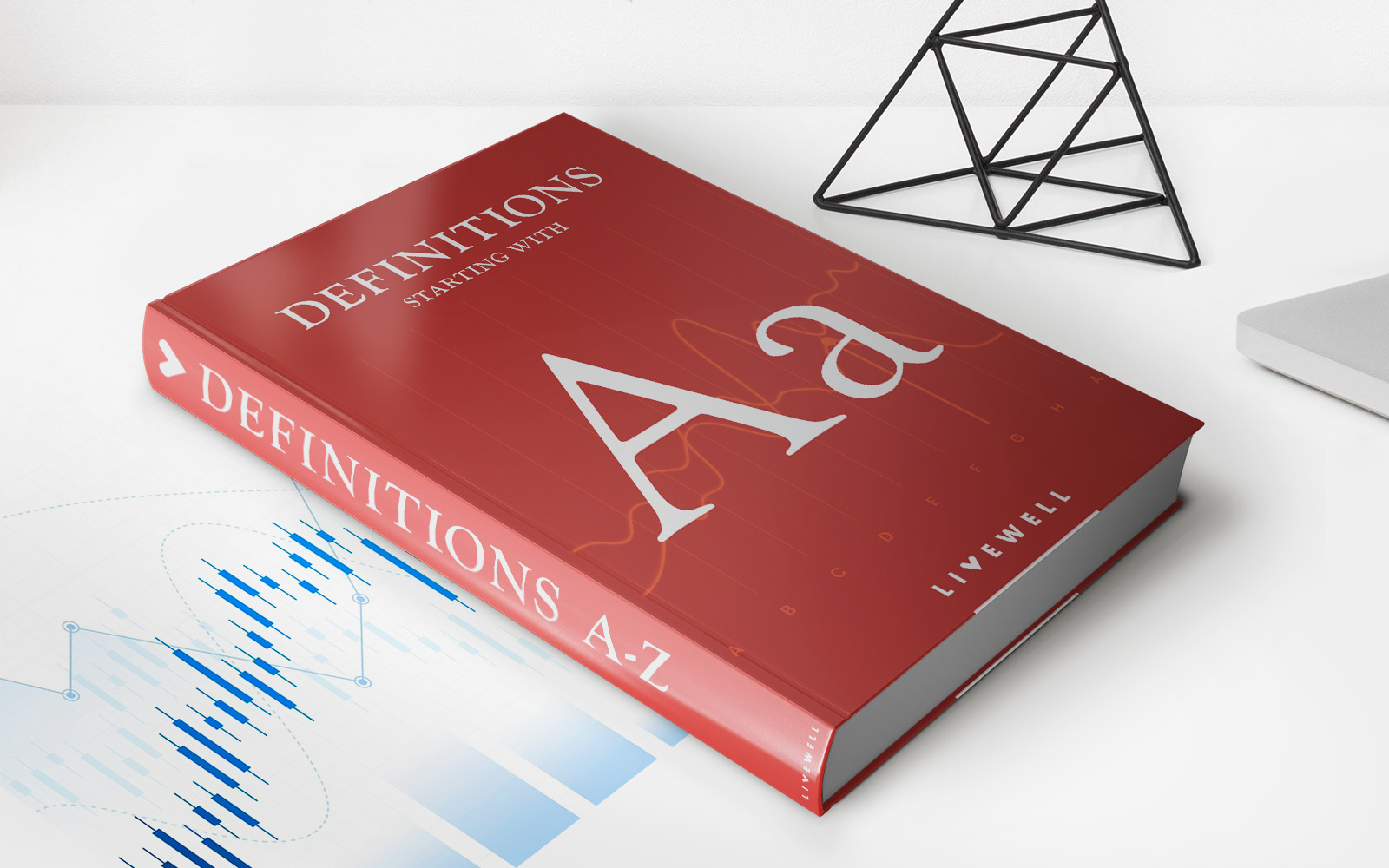Home>Finance>Article 9: Definition, How It Works, Example, Revisions


Finance
Article 9: Definition, How It Works, Example, Revisions
Modified: October 11, 2023
Learn the definition of finance, how it works, and see real-life examples. Discover the basics of finance and stay updated with the latest revisions.
(Many of the links in this article redirect to a specific reviewed product. Your purchase of these products through affiliate links helps to generate commission for LiveWell, at no extra cost. Learn more)
Understanding Article 9: Definition, How It Works, Example, Revisions
When it comes to the world of finance and business, there are various rules and regulations in place to protect the interests of all parties involved. One such regulation is Article 9, which is an important part of the Uniform Commercial Code (UCC) in the United States. In this article, we will delve into the definition, how it works, provide an example, and explore any revisions that have been made over time.
Key Takeaways:
- Article 9 is a crucial part of the Uniform Commercial Code that deals with secured transactions.
- It provides a framework for lenders to protect their interests when extending credit to borrowers.
What is Article 9?
Article 9 of the UCC is a legal provision that governs secured transactions, primarily involving personal property. A secured transaction occurs when a borrower offers collateral as security for a loan or credit extended by a lender. This collateral can be anything from inventory and equipment to vehicles and accounts receivable.
This article provides a set of rules and guidelines that outline how lenders can legitimately secure their interests in the event that the borrower defaults on the loan. It establishes a standardized system that enables lenders to perfect their security interest and protects them in cases of bankruptcy or disputes.
How Does Article 9 Work?
Now that we have a basic understanding of what Article 9 is, let’s discuss how it works:
- Creation of Security Agreement: A security agreement is a contract between the lender and the borrower that establishes the rights and responsibilities of both parties. This agreement explicitly states the terms of the loan and identifies the collateral that is being offered as security.
- Filing a Financing Statement: Once the security agreement is in place, the lender typically files a financing statement with the appropriate state agency. This statement contains details about the borrower, the lender, and the collateral being used to secure the loan.
- Perfection of Security Interest: Filing the financing statement effectively perfects the lender’s security interest. This means that the lender has established their priority right to the collateral in the event of default or bankruptcy.
- Enforcement: If the borrower defaults on the loan, the lender can enforce their security interest by repossessing and selling the collateral. The proceeds from the sale are then used to satisfy the debt owed by the borrower.
An Example of Article 9 in Action
Let’s illustrate the concept of Article 9 with an example:
John owns a small construction company and needs financing to purchase new equipment. He approaches a lender, ABC Bank, and secures a loan by offering the newly purchased equipment as collateral. John and ABC Bank create a security agreement that outlines the terms of the loan and the rights of both parties.
ABC Bank files a financing statement with the appropriate state agency, stating the details of the loan and the equipment being used as collateral. This filing perfects ABC Bank’s security interest in the equipment, protecting them from any competing claims on the collateral.
Unfortunately, John’s construction business faces financial difficulties, and he defaults on the loan. As per the terms of the security agreement, ABC Bank can now repossess the equipment and sell it to recover the outstanding debt.
Revisions to Article 9
Since its inception, Article 9 has seen several revisions to accommodate changing business practices and technologies. These revisions aim to clarify existing provisions, introduce new concepts, and adapt to the evolving needs of the business world.
It is crucial for anyone dealing with secured transactions to stay updated on the latest revisions to ensure compliance and protection of their interests.
In conclusion, Article 9 of the UCC plays a vital role in regulating secured transactions. By providing a clear framework for lenders and borrowers to follow, it establishes trust and safeguards the interests of both parties. Whether you are a business owner seeking financing or a lender extending credit, understanding and adhering to Article 9 is essential for a successful and secure transaction.














